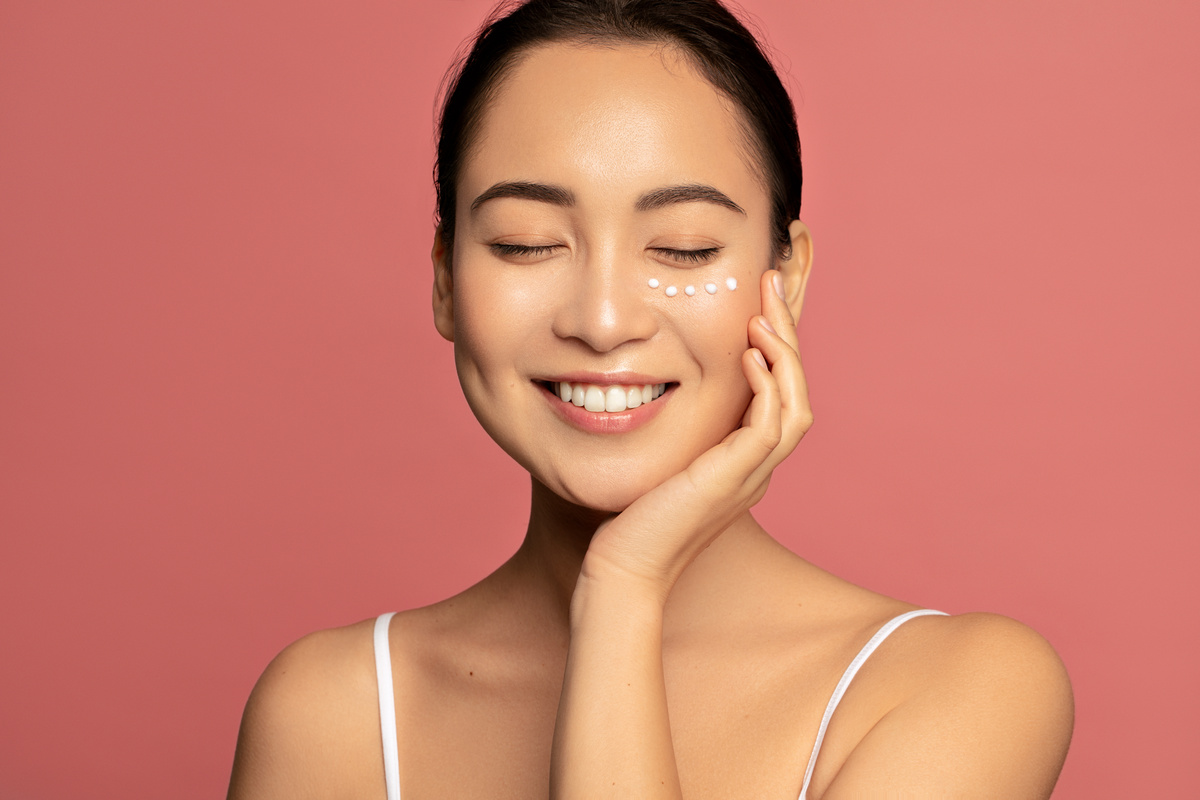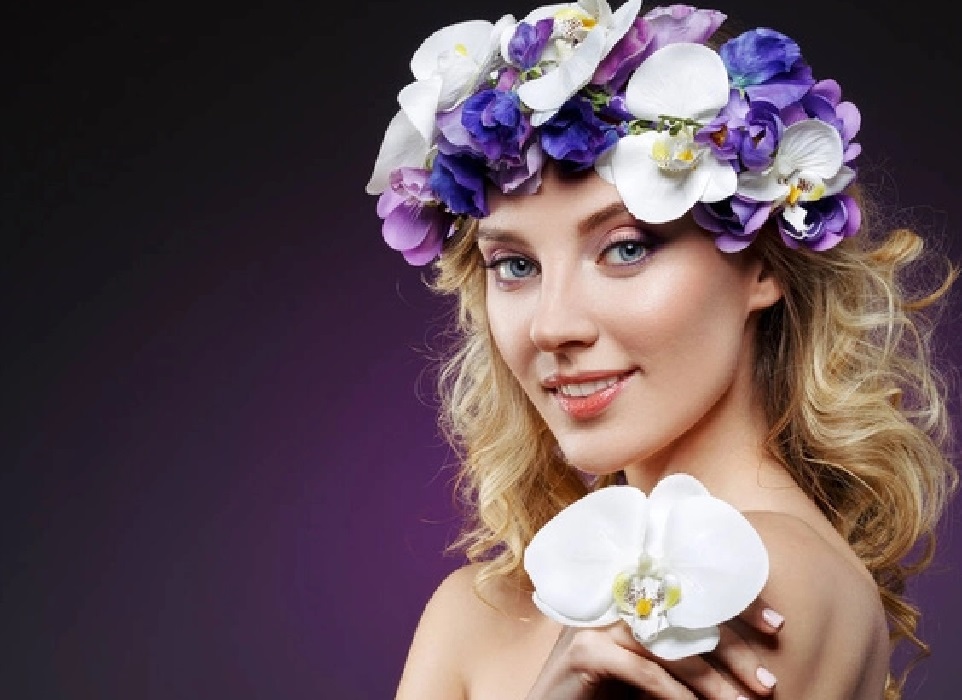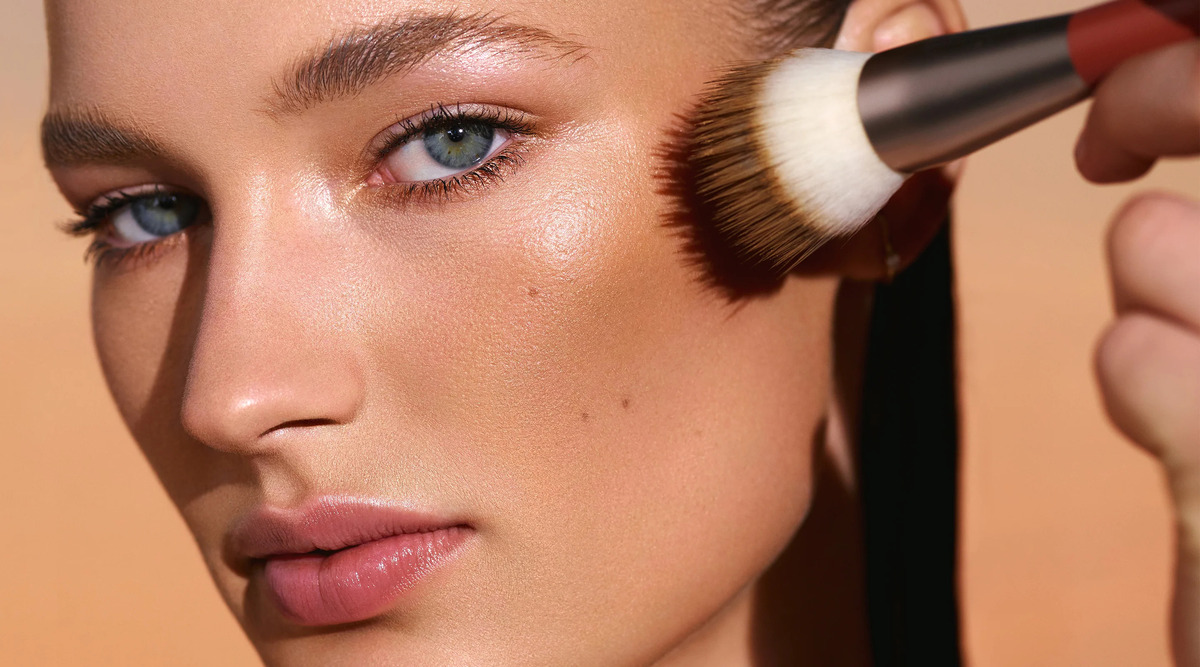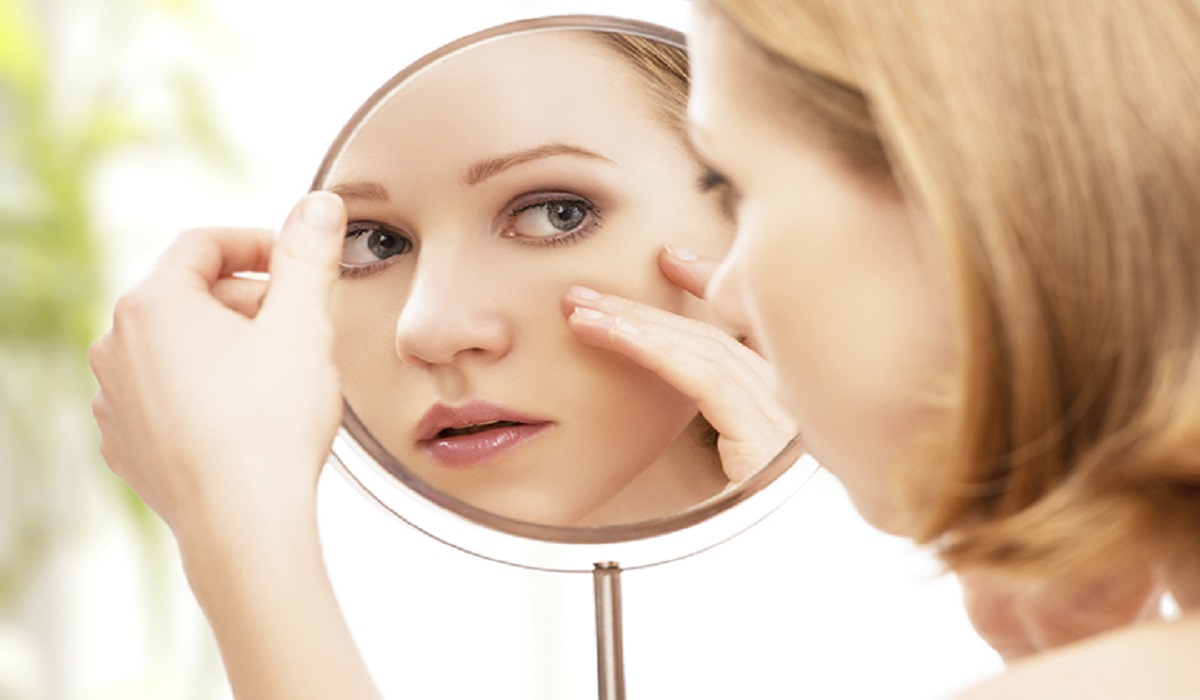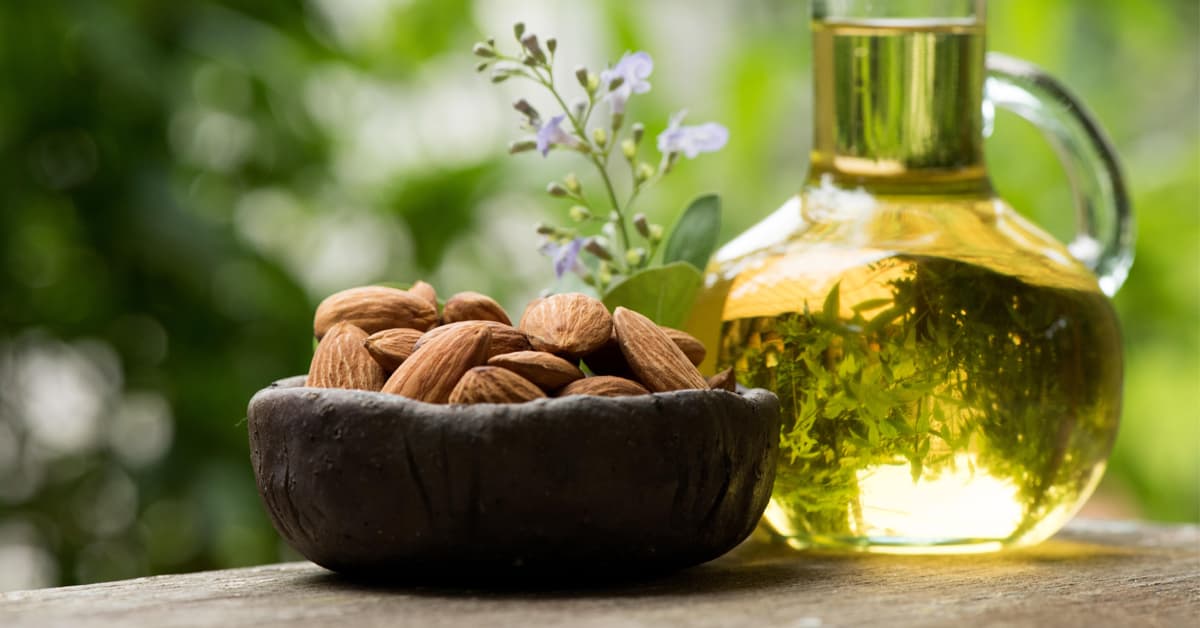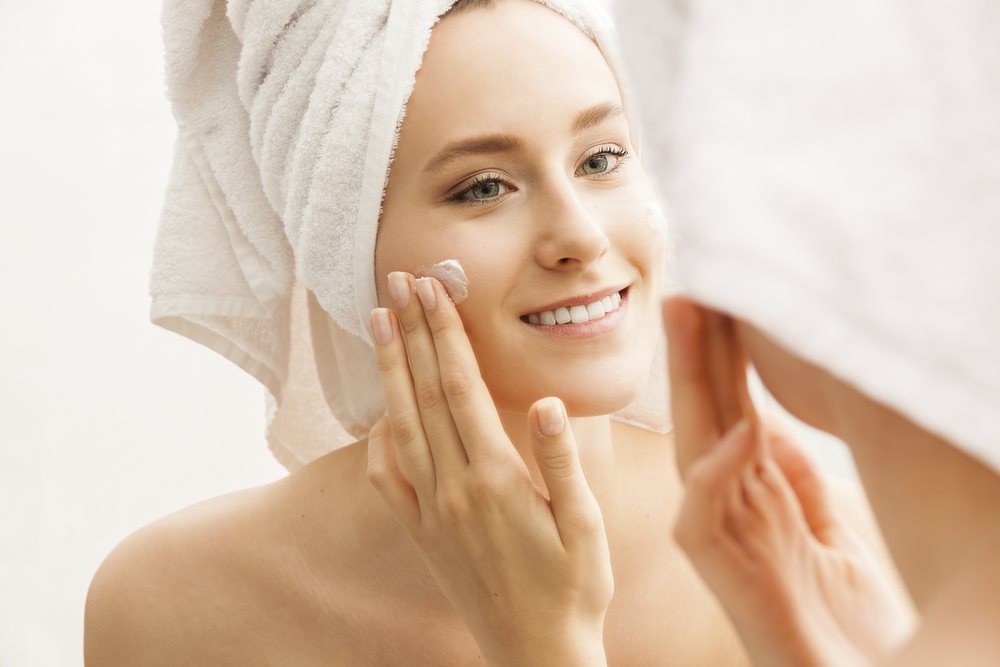The pursuit of personal wellness and self-care has led to the rediscovery and appreciation of traditional and innovative health aids. Among these, eye care masks stand out as a versatile and effective means to protect, nourish, and rejuvenate the delicate skin around the eyes, as well as addressing various aspects of visual and mental health. This detailed guide delves into the numerous advantages of eye care masks, offering insights on how their regular use can become a cornerstone of your wellness routine.

Decoding Eye Care Masks
Eye care masks, with their varied designs and functionalities, cater to a broad spectrum of needs, from enhancing sleep to mitigating visual discomfort. They range from gel-filled masks, which can be used hot or cold, to heated masks that soothe dry eyes, and sleep masks that ensure darkness for a restful night. Understanding the specific benefits and uses of each type of mask is the first step in harnessing their full potential.
Gel Masks: Cooling Comfort and Warm Relief
Gel masks serve a dual purpose. Chilled, they are perfect for reducing inflammation, puffiness, and the discomfort of allergies, acting as a quick refreshment for tired eyes. Warmed, they promote blood circulation, speeding up recovery from eye strain and facilitating relaxation. This versatility makes gel masks an indispensable tool in eye care, blending comfort with therapeutic benefits.
Heated Masks: The Soothing Embrace
In our digital age, heated eye masks have become invaluable for those battling dry eye syndrome, a direct consequence of prolonged exposure to screens. The gentle, consistent warmth encourages tear production, alleviating the discomfort of dryness. Beyond physical relief, the warmth of these masks relaxes the facial muscles, easing stress, and setting the stage for a peaceful night’s sleep.
Sleep Masks: Guardians of Your Sleep Cycle
Sleep masks are more than just barriers to light; they are instruments for enhancing sleep quality. By simulating darkness, they signal the brain to produce melatonin, the hormone responsible for sleep cycles, helping you achieve deeper and more restorative sleep. For anyone living in brightly lit environments or struggling with sleep quality, a sleep mask is an essential tool for health and well-being.

Visual Health Benefits: Beyond the Surface
The regular use of eye care masks addresses the immediate effects of digital eye strain, including dryness, redness, and general discomfort. These symptoms, if left unchecked, can lead to more significant eye health issues over time. Moreover, the preventive care provided by these masks can slow the signs of aging around the eyes, preserving the skin’s youthful appearance and vitality.
Mental and Physical Wellness: The Broader Impact
The act of applying an eye mask can become a ritual of self-care, signaling the body to transition into a state of relaxation and recovery. Heated and weighted masks, in particular, can mimic the comforting pressure of a gentle hug, reducing anxiety and promoting a sense of well-being. This holistic approach to health recognizes the interconnectedness of physical comfort, mental calm, and emotional stability.
Incorporating Eye Care Masks into Your Routine
Selecting the right eye care mask is a personal journey, dependent on individual needs and preferences. Whether seeking relief from digital eye strain with a heated mask or aiming to reduce morning puffiness with a gel mask, the key is consistency. Integrating these masks into your daily or nightly routines can amplify their benefits, transforming them from occasional aids to pillars of your wellness practice.
Eye care masks are a testament to the power of targeted self-care practices. By addressing specific health concerns with specialized solutions, they offer a path to improved well-being that is both accessible and effective. Whether you are new to the world of eye care masks or looking to deepen your understanding and use of these tools, the journey towards enhanced health and wellness begins with a simple step: choosing to care for the windows to your soul.
- What types of eye care masks are available, and how do they differ?
- Eye care masks come in various forms, each designed with specific benefits in mind. Gel masks can be used hot or cold to soothe puffiness and promote relaxation. Heated masks provide gentle warmth that helps alleviate dry eye symptoms and facilitates deeper relaxation. Sleep masks block out light, aiding in the production of melatonin for improved sleep quality. Choosing the right type depends on your individual needs, such as relief from eye strain, enhancement of sleep, or reduction of eye puffiness.
- How often should I use an eye care mask for the best results?
- The frequency of use can vary depending on the type of mask and your personal needs. For general wellness and relaxation, using a gel or heated mask once daily, particularly in the evening, can help alleviate the day’s eye strain and prepare you for restful sleep. Sleep masks can be used every night to improve sleep quality. It’s important to listen to your body’s needs and adjust usage accordingly.
- Can eye care masks help with signs of aging around the eyes?
- Yes, certain eye care masks, especially those with hydrating properties, can help mitigate the signs of aging around the eyes. The skin in this area is particularly thin and sensitive, making it prone to dryness and the formation of fine lines and wrinkles. Regular use of hydrating eye masks can help maintain the skin’s moisture barrier, promoting elasticity and reducing the appearance of aging signs.
- Are there any eye conditions that eye care masks can help relieve?
- Eye care masks can provide relief for several conditions, including dry eye syndrome, puffiness, and the effects of digital eye strain. Heated masks, in particular, are beneficial for those suffering from dry eyes as they help stimulate natural tear production. However, it’s crucial to consult with an eye care professional before using eye masks for therapeutic purposes, especially if you have existing eye conditions.
- Is it possible to use eye care masks if I have sensitive skin?
- Absolutely. Many eye care masks are designed with sensitive skin in mind. Look for masks made from hypoallergenic materials and free from potential irritants like fragrances or dyes. Gel masks that use a cold therapy approach can be particularly soothing. However, always patch-test any new product and consult the manufacturer’s guidelines to ensure compatibility with sensitive skin.
- How can I incorporate eye care masks into my nightly routine for better sleep?
- Incorporating a sleep mask into your nightly routine can significantly improve sleep quality. Use the sleep mask right before you plan to sleep, ensuring it’s comfortable and securely fitted to block out light. Combining the use of a sleep mask with other sleep hygiene practices, such as reducing screen time before bed and maintaining a regular sleep schedule, can further enhance your sleep quality.
- Can eye care masks improve my mental well-being?
- Yes, the relaxation induced by using eye care masks, especially heated or weighted ones, can have a positive effect on your mental well-being. The act of taking a moment to relax, breathe, and detach from the stresses of the day can reduce anxiety and promote a sense of calm. This mindful practice of self-care can be a valuable addition to your mental health routine.

